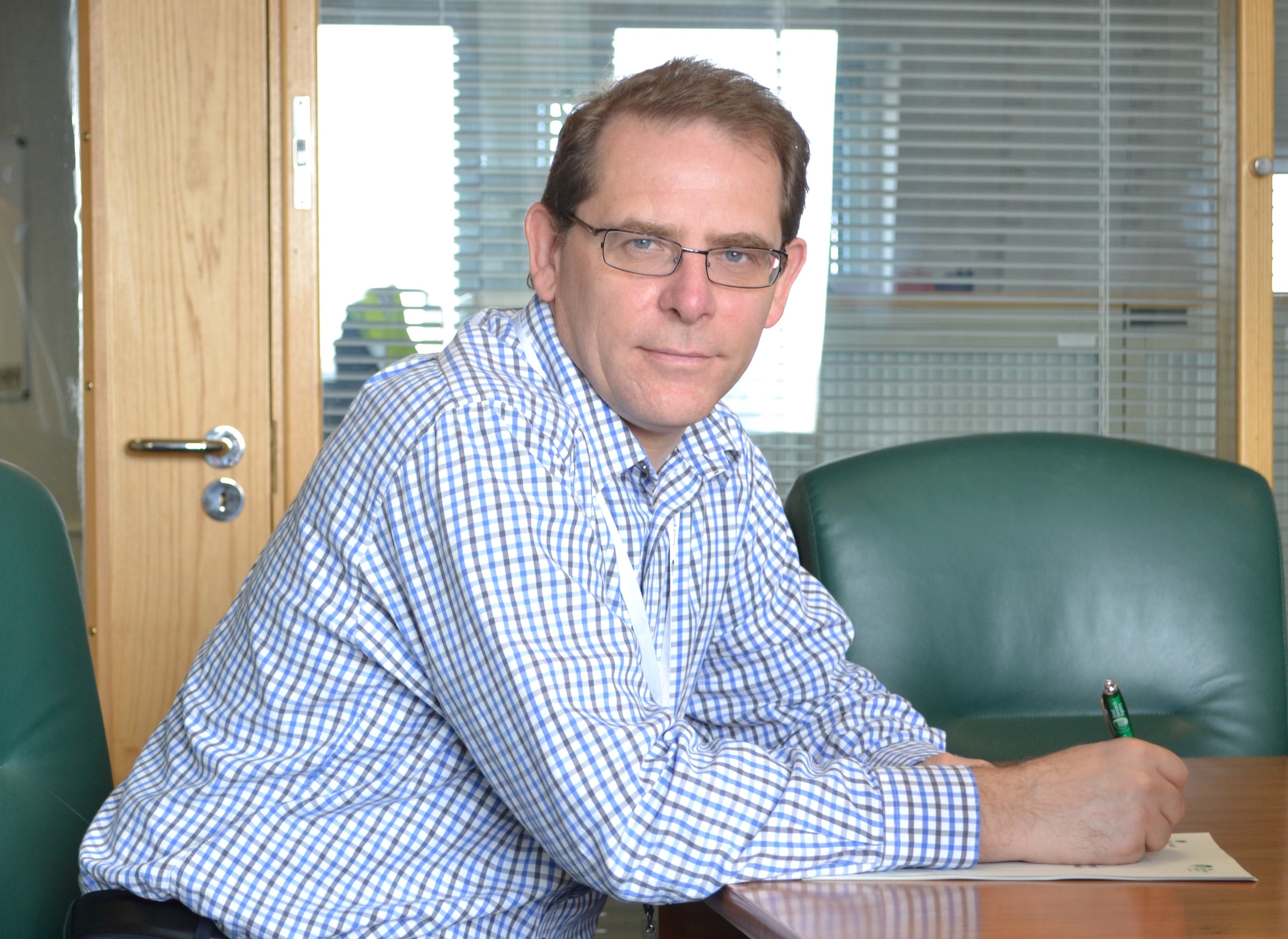Local authorities are putting the reputation of Scotland’s food and livestock industry at risk because they are failing to make adequate inspections of animal feed premises, it has been claimed.
Food Standards Scotland (FSS) chief executive Geoff Ogle told a briefing in Perth that animal feed checks in Scotland now lag behind those in the rest of the UK and said the agency was calling for a change in legislation which would allow it to take back control of inspections by April 2017.
Mr Ogle warned there was a “big reputational risk” from animal feed not undergoing adequate inspections. As an example he pointed to the damaging impact of the BSE crisis which occurred because of contaminated animal feeds.
“To the consumer animal feed is obscure and not obvious, but if you look at BSE, we are just now looking at applying for negative risk status, almost 20 years on,” he said.
It is understood that concern centres round risks from dioxins and additives to feed. Mr Ogle said there was no evidence to suggest there was a “massive risk”, but he insisted controls in Scotland were not as good as they needed to be.
“You are always balancing the trade off between likelihood and impact. So the [chance of a] risk materialising can be fairly low but the impact if it does materialise can be significant. So for dioxins the likelihood is low but the impact could be significant because of the carcinogenic risks associated with it. With things like botulinum, the likelihood of it materialising is low, but if it does, the impact is pretty high risk, fatal generally. So when we’re talking to industry we’re conscious we’re trading and balancing the two.”
Mr Ogle said feed controls needed to be improved on where they are now. He pointed out that different models of inspection were being employed in Wales, Ireland and England that were more effective than those in Scotland.
“The local authorities are not doing the inspections they need to do. They’re feeling the pinch in terms of resources, so there might be issues around capacity, but that doesn’t escape their legal requirements as local authorities are the competent authority,” he said.
“We did propose an alternative model to the local authorities which was a more regionalised model like Wales and we thought we’d got somewhere with that, but unfortunately the local authorities couldn’t provide assurances around that regionalised model, so the Board made the decision we needed centralisation.
“The issue we’ve got now is local authorities have the money for doing the inspections, they’re not doing them, so that money needs to come to us.”
COSLA declined to make any comment.










